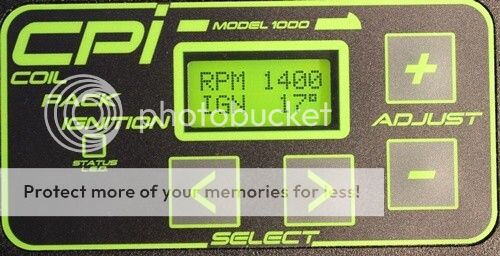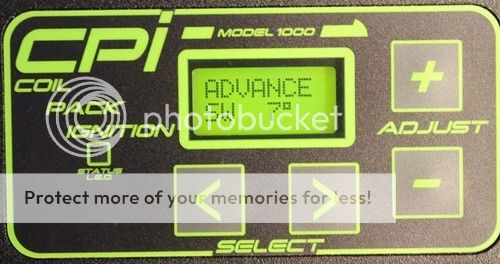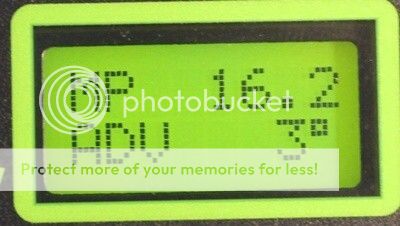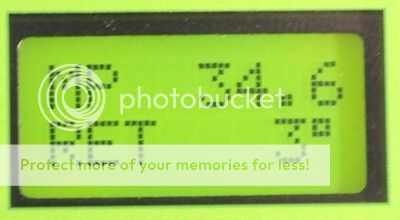Toobuilder
Well Known Member
Well, I'm late to this party but hearty congratulations and thanks to Michael and all the others who have and continue to, contribute to this important discussion. Fascinating data, I have to say.
Probably not what Ross wants to hear, but I've been waiting on a 6 cylinder P-Mag for so long that I don't see any harm in waiting longer. Am I at least right that as a minimum, its manner of mechanization would at least eliminate flywheel "wiring and installation" damage concerns from the equation?..
Lee,
I purchased the CPI because I just could not wait for the P-200 any longer. Aside from the configuration between the two systems (unitized vs. distributed), I expected the performance to be comparable (seen one EI, you?ve seen them all, right?) I had some concerns about the front mounted hall sensor for CPI at first, but after installing these massive pieces, as well as armor plating the wires, I think Ross has driven the ?thrown belt? failure mode down to a very acceptable level. I suspect that running out of fuel is a more probable forced landing scenario. However, everyone needs to make their own risk assessment.
Back to performance: As mentioned in other threads, the total adjustability of the CPI is a practical advantage and a genuine product differentiator for Ross. You may not know it yet, but you will find great utility in the ability to set your own cranking retard, idle timing, retard for take off, and yes, an adjustable advance for LOP. To their credit, the P-200 offers the ?LOP? switch that Ross has, but I?m still unclear how ?locked down? the rest of their advance curve is. Brad and the rest of the EI manufacturers have aimed at the fat part of the bell curve to great success, however, we are just beginning to learn that there are limitations to a ?one size fits all? ignition curve.








